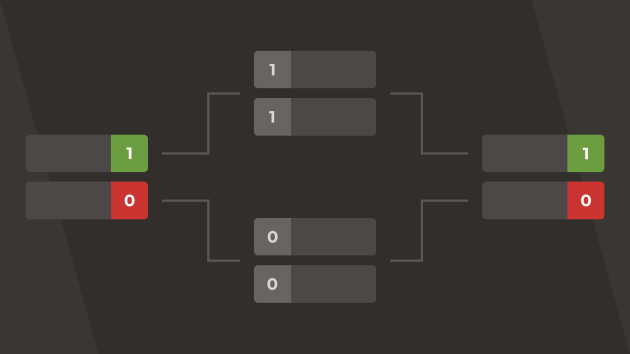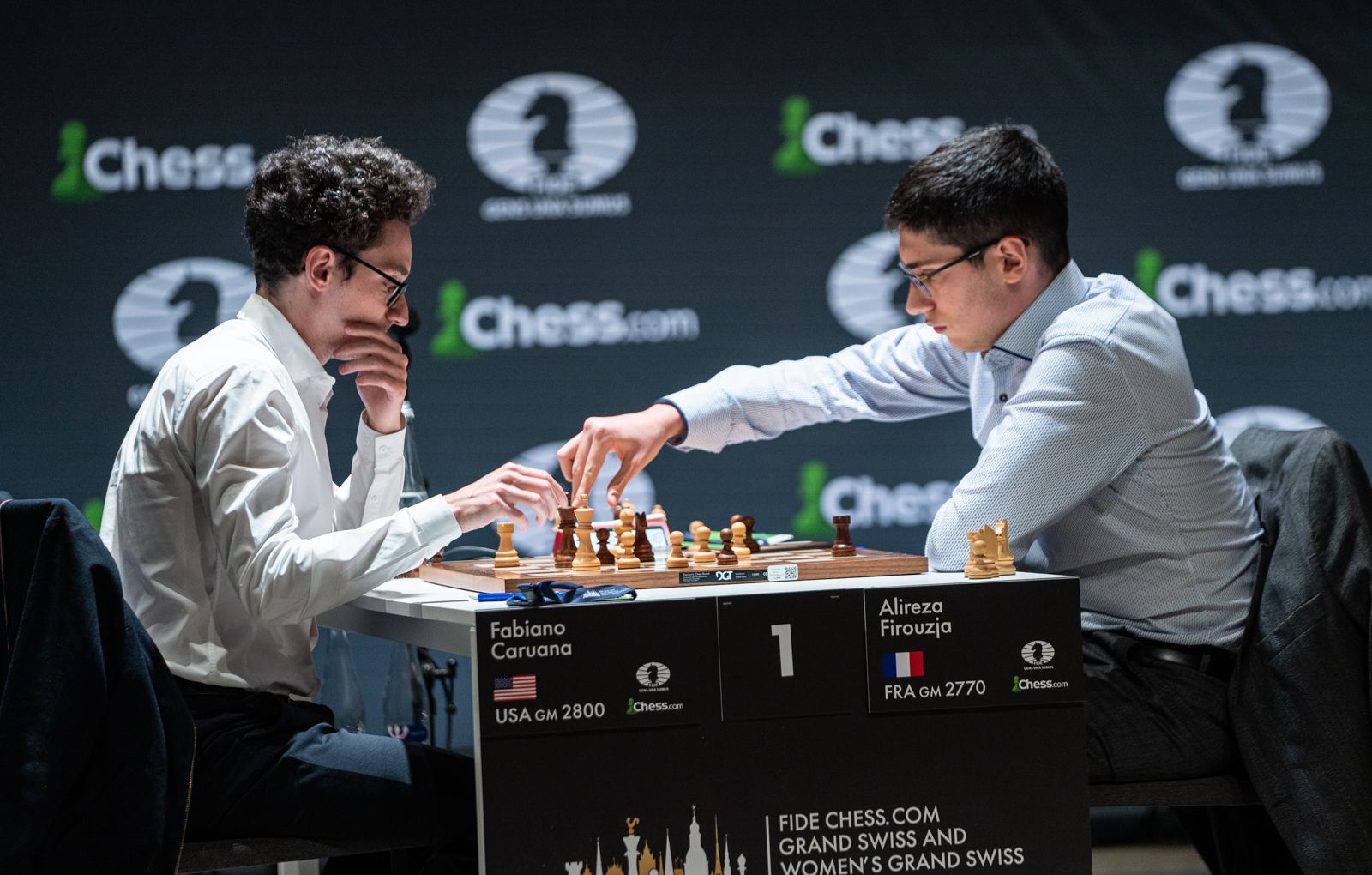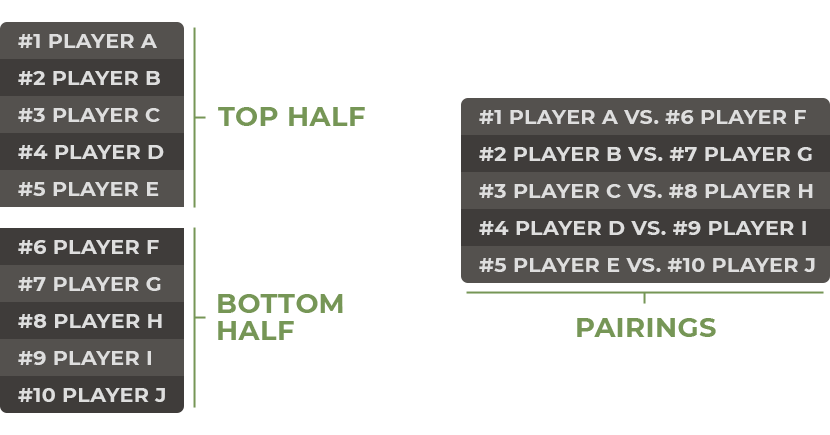
Swiss System
If you like to play or watch chess tournaments, you've probably come across the term "Swiss system." But what exactly does it mean? Here's everything you need to know about this widely popular tournament format:
- What Is The Swiss System For Chess Tournaments
- Why Is The Swiss System Important?
- What Are FIDE's Rules For Swiss Tournaments?
- Conclusion
What Is The Swiss System For Chess Tournaments
The Swiss system is one of the many types of tournament formats in chess. In Swiss tournaments, there is a predetermined number of rounds—usually much smaller than a round-robin (where all players play all others) would have. The system was born in 1895 when a tournament in Zurich, Switzerland, used this format.
Players earn points for their results in each round, and the player with the most points after the end of the last round wins. In chess, players usually earn 1 point for a win, 0.5 points for a draw, and 0 for a loss, but other scoring systems also exist.

Swiss events follow specific pairing rules to ensure players with similar scores play against each other in each round. For example, if a player has won four games and drew two, scoring five points, they're likely to play against someone who also has five points in the next round. That opponent could've won four games and drawn two as well, or they could've won five games and lost one.
Pairing rules also work to make players get a balanced amount of White and Black games. Finally, the pairing system guarantees that no player faces the same opponent more than once in the same event.
Another characteristic of tournaments with a Swiss system is that pairings are not set at the beginning of the competition. Instead, the result of each round affects the pairings for the next.
Why Is The Swiss System Important?
The Swiss system is a tournament format with advantages and disadvantages, just like any other system. Swisses are a great format when many competitors are playing and eliminations are not desired. In this situation, a knockout would be impossible, and a round-robin would be impractical since the tournament would take too long to end.
Because of this, Swisses are an excellent option for determining a winner among a large player pool with a small number of rounds.

However, Swiss tournaments also have some potential flaws—players can get more or less favorable pairings that can help or impair their final result, and can sometimes have an imbalance in the number of games played with the white pieces or black pieces.
What Are FIDE's Rules For Swiss Tournaments?
The International Chess Federation (FIDE) adopts Swiss tournaments widely. FIDE chess tournaments using the Swiss format usually use the Dutch pairing system, one of the many existing pairing variations:
Before the start of every round, players are divided into groups based on their scores. Within each group, they are ranked by some criteria, usually their rating. After this, the top half of the players are paired with the bottom half. Finally, pairings can suffer adjustments to avoid the same players facing each other more than once and to keep balance in the number of White and Black games for all competitors.

Conclusion
You now know what a Swiss system is and how it affects a tournament's format, its importance, and more. Head to our Events page to enjoy live events using the Swiss and other formats.







